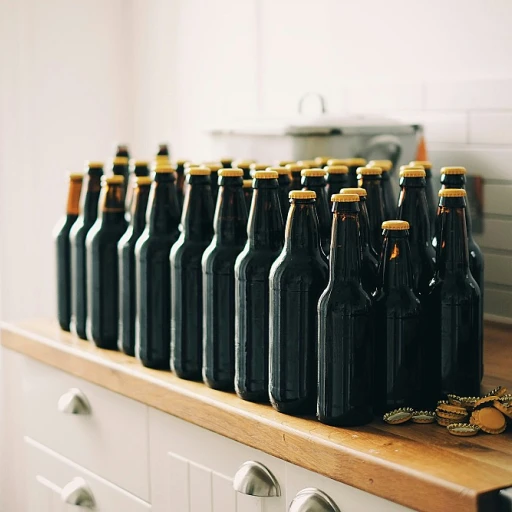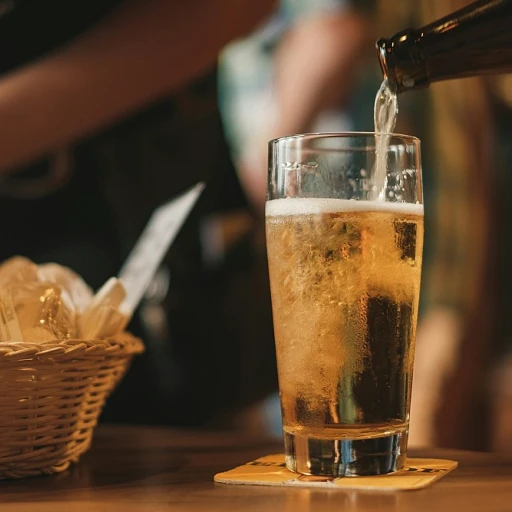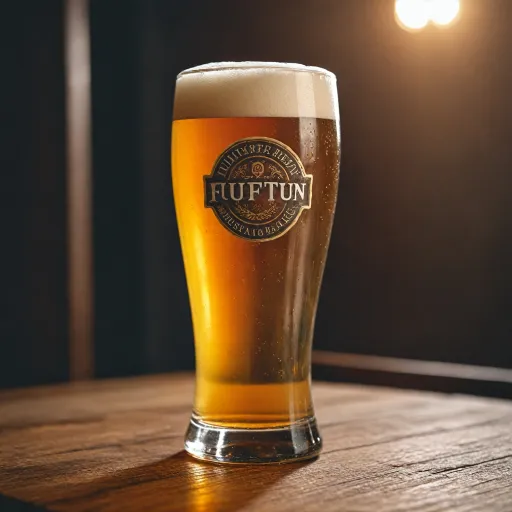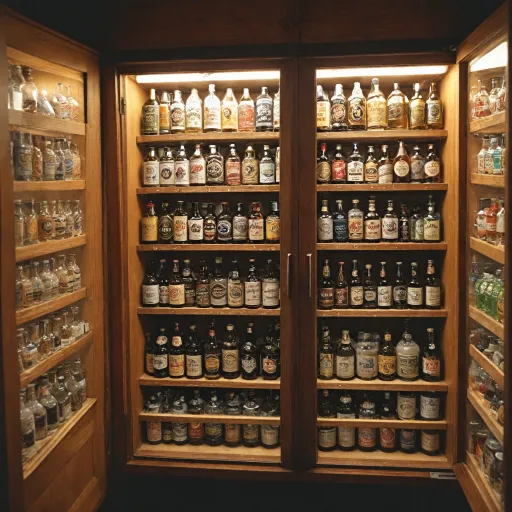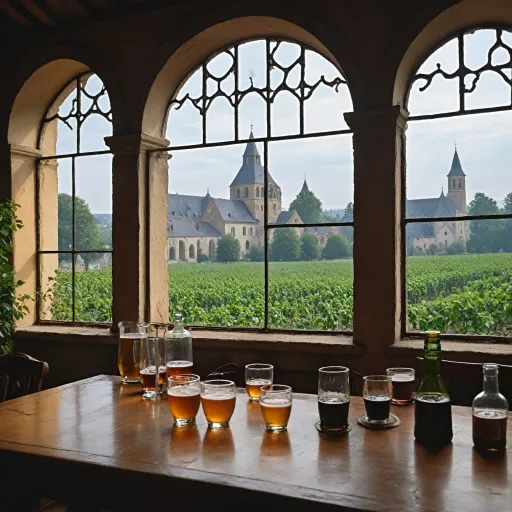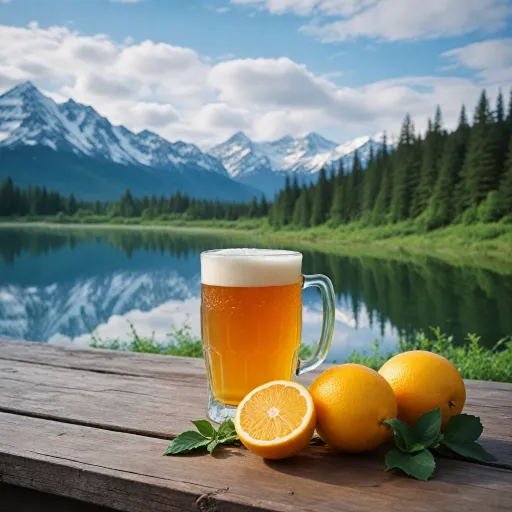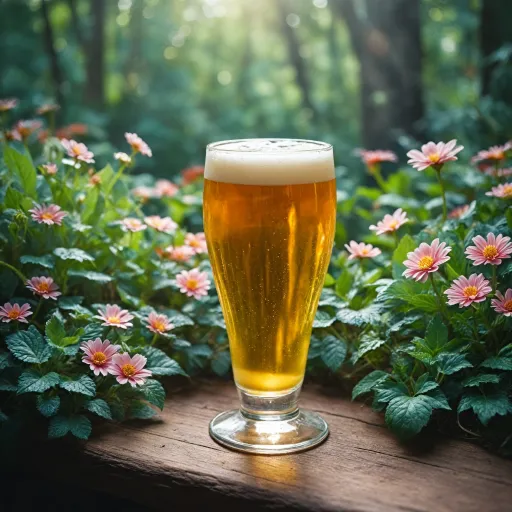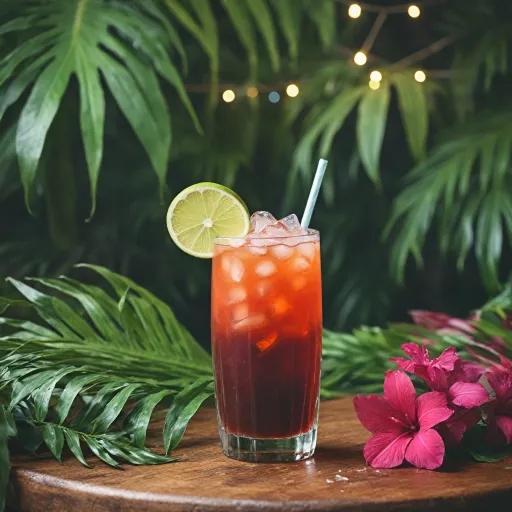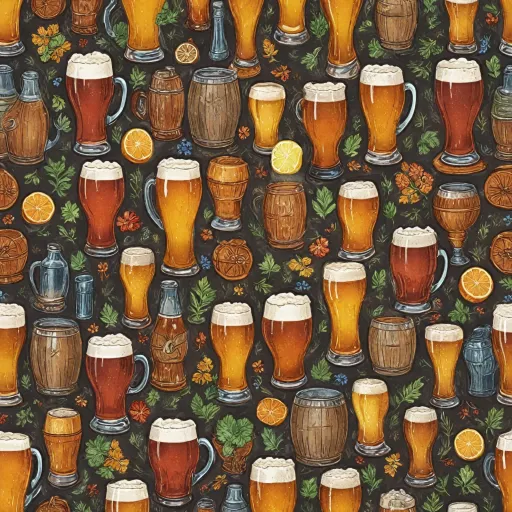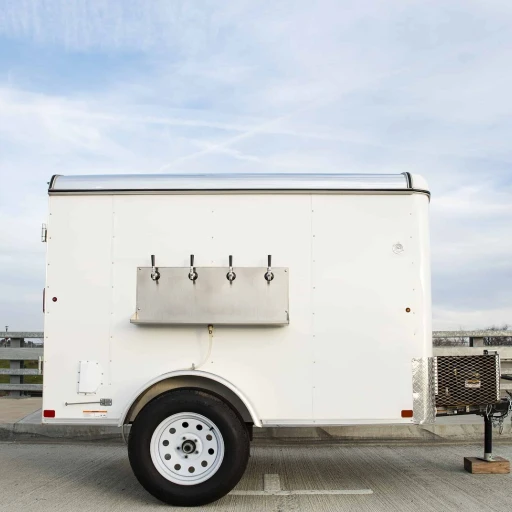
La trappe quadrupel and the trappist brewing tradition
The roots of Trappist brewing in the Netherlands
La Trappe Quadrupel is crafted by the monks of the Koningshoeven Abbey, nestled in the Dutch countryside. This abbey is one of the few places in the world where beer is brewed within the walls of a Trappist monastery, following centuries-old monastic traditions. The Trappist brewing approach is guided by values of self-sufficiency, quality, and charity, with proceeds supporting the monastery and local community projects.
What defines a Trappist beer?
To be recognized as a Trappist beer, strict criteria must be met. The beer must be brewed within a Trappist monastery, under the supervision of the monks, and the profits are used for the upkeep of the abbey and charitable works. This dedication to authenticity and purpose is reflected in every bottle of La Trappe Quadrupel, making it more than just a drink—it’s a piece of living heritage.
La Trappe Quadrupel’s place in the world of strong ales
Among Trappist beers, quadrupels are known for their robust character and complexity. La Trappe Quadrupel stands out as a flagship example, offering a rich, full-bodied experience that has earned it a devoted following. If you’re curious about how quadrupel beers have evolved and what sets them apart, you can read more in this in-depth look at the world of quadrupel beer.
What makes quadrupel beer stand out
Why quadrupel beers are in a league of their own
Quadrupel beers, like La Trappe Quadrupel, represent the boldest expression of the Trappist brewing tradition. These ales are known for their deep complexity, strength, and rich malt character. But what truly sets a quadrupel apart from other styles?
- High alcohol content: Quadrupels are among the strongest of the Trappist beers, often reaching impressive ABV levels. This contributes to their warming sensation and full-bodied mouthfeel. For more on how alcohol content shapes a beer's profile, check out this guide to understanding alcohol content in beer.
- Complex malt profile: Expect layers of caramel, dark fruit, and toffee flavors. The malt bill is carefully selected to create a luxurious, almost dessert-like experience.
- Subtle yeast character: Trappist yeast strains impart notes of spice, dried fruit, and sometimes a hint of phenolic complexity, adding depth without overpowering the malt.
- Long maturation: Quadrupels are often aged longer than lighter ales, allowing flavors to meld and develop a smooth, rounded finish.
Compared to other Trappist styles, quadrupels are more robust and intense, making them a favorite for those seeking a contemplative sipping beer. When you move on to tasting La Trappe Quadrupel, you'll notice how these characteristics come together in a truly memorable glass.
Tasting la trappe quadrupel: flavor, aroma, and finish
Unveiling the sensory experience
Pouring La Trappe Quadrupel into a glass is the first step in a memorable tasting journey. Its deep amber color, crowned with a creamy, persistent head, immediately signals the richness to come. As you bring the glass closer, a bouquet of aromas unfolds—ripe dark fruits like plum and fig, hints of caramel, and subtle spices. The scent alone hints at the complexity that defines this Trappist classic.
Flavor profile: layers of indulgence
The first sip reveals a full-bodied beer with a velvety mouthfeel. Expect flavors of raisins, dates, and toffee, balanced by gentle notes of clove and nutmeg. The malty sweetness is present but never cloying, thanks to a measured bitterness that keeps the profile harmonious. Alcohol warmth is noticeable, yet it integrates smoothly, enhancing the overall depth.
- Appearance: Deep amber, slightly hazy, with a thick, off-white head
- Aroma: Dried fruits, caramel, subtle spice, and a touch of vanilla
- Taste: Rich malt, dark fruit, mild spice, and a gentle alcoholic warmth
- Finish: Lingering, warming, and slightly sweet with a touch of bitterness
Pairing and serving tips
La Trappe Quadrupel shines when served at cellar temperature in a wide-mouthed glass, allowing its aromas to develop fully. It pairs beautifully with robust cheeses, roasted meats, or even dark chocolate desserts. For those who enjoy exploring the world of rich, dessert-like beers, you might also be interested in indulgent stout experiences that offer a different, yet equally satisfying, tasting adventure.
Customer reviews and price: is it worth it
What beer lovers say about la trappe quadrupel
La Trappe Quadrupel enjoys a loyal following among beer enthusiasts. Many appreciate its deep, complex flavors and the sense of tradition that comes with every bottle. Reviews often highlight the beer’s rich malt profile, subtle sweetness, and warming alcohol finish. Drinkers mention notes of dried fruit, caramel, and spice, making it a favorite for those who enjoy layered, contemplative sips.
- Flavor complexity: Fans praise the balance between sweetness and bitterness, with a smooth mouthfeel that makes each glass memorable.
- Aroma: The inviting bouquet of dark fruits and spices is frequently mentioned as a standout feature.
- Occasions: Many recommend la trappe quadrupel for special moments or as a treat after a long day, thanks to its robust character.
Price and value: is la trappe quadrupel worth it?
La Trappe Quadrupel is typically priced above average compared to standard beers, reflecting its artisanal brewing process and Trappist heritage. Most customers feel the quality justifies the cost, especially when considering the craftsmanship and unique taste profile. For those seeking a memorable beer experience, it’s often seen as a worthwhile investment.
- Availability: While not as common as mass-market beers, la trappe quadrupel can be found at specialty shops and online retailers.
- Serving tips: To get the most from your purchase, serve it slightly chilled in a wide-mouthed glass to unlock its full aroma and flavor.
How to choose and enjoy your selection of trappist ales
Tips for selecting authentic Trappist ales
- Look for the Authentic Trappist Product logo on the label. This guarantees the beer is brewed within a Trappist monastery under the supervision of monks.
- Consider the style: Quadrupels like La Trappe offer deep, complex flavors, while other Trappist ales such as Dubbels or Tripels provide different profiles. Think about what suits your taste preferences best.
- Check the freshness date. While strong ales like quadrupels can age well, fresher bottles often highlight the intended flavors and aromas.
Serving and enjoying your Trappist selection
- Serve at cellar temperature, around 10-14°C (50-57°F), to bring out the full spectrum of flavors and aromas.
- Use a tulip-shaped glass to concentrate the aromas and support the beer’s rich head.
- Pour gently, leaving sediment in the bottle if you prefer a clearer glass.
Pairing ideas for a memorable tasting
- Pair La Trappe Quadrupel with aged cheeses, roasted meats, or dark chocolate desserts to complement its malty sweetness and warming finish.
- For a tasting session, include a range of Trappist ales to compare their unique characteristics, as discussed in earlier sections about flavor and tradition.
- Invite friends to share the experience—Trappist beers are perfect for slow sipping and conversation.



